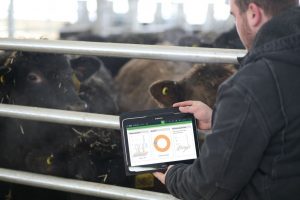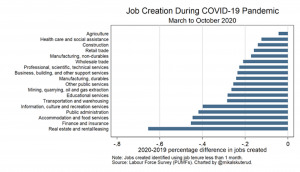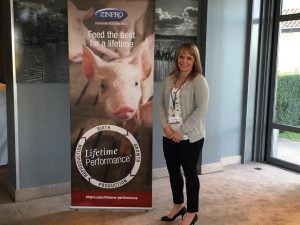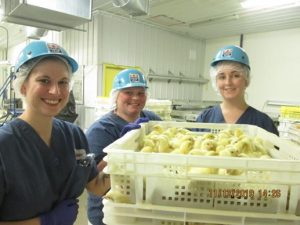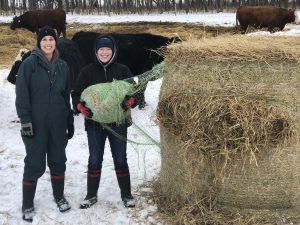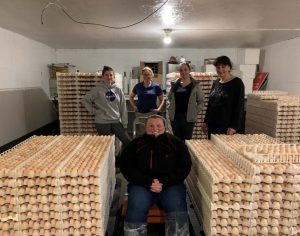Consumption of livestock products, particularly from cattle, is becoming more and more controversial. Issues such as the contribution of cattle to GHG emissions and/or climate change, the use of antibiotics in livestock production, and competition from plant and cellular-based substitutes are all influencing consumption. From two national Canadian surveys, we examined whether things are changing and how fast.
Between 2016 and 2020 (August/September, so well into the pandemic), there was a significant increase in the perceptions of Canadians about the contribution of farming for meat and dairy production to climate change. Not that they thought it was the biggest contributor—but that more people thought it was a significant contributor. Given that, people were more committed to giving up meat (increase from 41% of respondents in 2016 to 45% in 2020) than dairy (stayed flat at 34% of the population) to reduce their own contribution to climate change. However, when asked specifically whether they had reduced their dairy consumption over the last two years, only 25% replied yes in 2016 versus 32% in 2020 – a big jump. When those who had reduced their dairy consumption explained why they had done so, health was the most important reason in both years, although fewer people selected health as the reason in 2020. Concerns about the use of antibiotics in livestock production decreased between 2016 (third most important reason) and 2020 (seventh most important reason) as did concerns about the use of hormones. There was a significant change between 2016 and 2020 about concerns about the environmental footprint of dairy production, which rose from the fifth most important reason for reducing dairy consumption to the second most important reason. There was no change in the contribution of substitutes (plant or cellular) to reducing dairy consumption: it remained the fifth most important reason.
From the results, from a pre-pandemic period to a pandemic period four years later, concerns about the link between food consumption and environmental footprint are stronger. Although there is no denying the public health concerns about antibiotic-resistant bacteria; those do not seem to be affecting dairy consumption as significantly as they did four years ago. It is difficult to ascertain why without further study, but it is important to note that people (in pandemic period) are dealing with so many major challenges to their lives that they may have a reduced focus on some issues that were previously important. Understanding and being able to reduce the environmental footprint from beef and dairy, sectors that are cattle-driven, is important and growing in importance with or because of the pandemic. That too requires further study.

